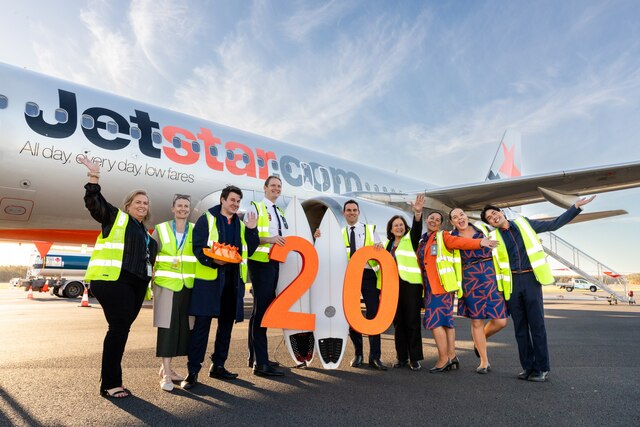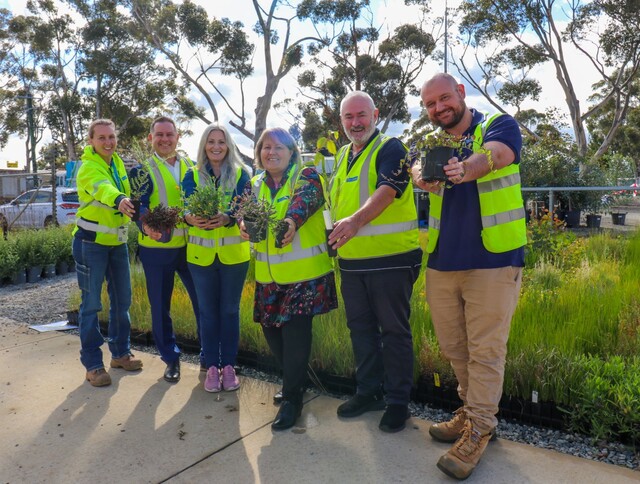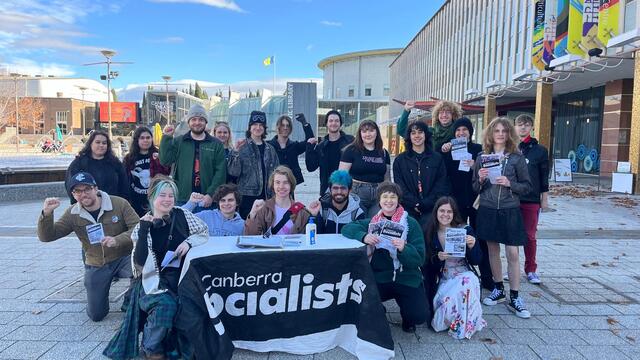There seems little doubt that 2013 — or at least the first two thirds of
the year, dependent on when the federal election is called — will be
dominated by the issue of constitutional recognition of local
government.
As local government is painfully aware, the issue has been floating around for nearly 40 years, with the first referendum on constitutional recognition defeated in 1974, the next in 1988, with no further attempts up until the renewed push of the last couple of years.
The failure of the previous two referendums on constitutional recognition of local government should not necessarily be seen as an explicit refusal of the Australian public to acknowledge the role of councils; rather, it is more likely a combination of the overwhelming lack of success of referendums in general in Australia (only eight carried out of the 44 held), and the wording (and, perhaps, the timing) of the previous attempts.
So, with a federal election to be held no later than November 30th this year, what is the likelihood that a referendum on constitutional recognition of local government can succeed?
The formation of the Joint Standing Committee on the Constitutional Recognition of Local Government in late 2012 signaled some keenly awaited movement at the station, largely due to continued pressure from the Australian Local Government Association (ALGA), state associations and their members.
With the first public hearing of the Committee scheduled for the 16th of this month, and the due date for submissions the 15th of February, there is some indication that the Committee had recognised the imperative to act, and act fast, if there is to be any hope for a successful referendum. Already, 33 submissions have been lodged and it is expected that many more will appear over the next month.
But, and it is a big ‘but’, a successful referendum in this instance, where there is, by and large, both state and federal bi-partisan support, requires a large portion of the Australian public to be both au fait with the issue at hand and sympathetic to the rationale behind an alteration to
the Constitution.
This is what the Australian Human Rights Commission calls ‘popular ownership’ of the cause for constitutional change, and what lies behind this is ‘popular education’ — in other words, a comprehensive education campaign directed at making the public aware of the reasons for the change, the implications of the change if it is made, and how a ‘yes’ vote will benefit the nation as a whole (www.humanrights.gov.au/constitution/factsheet/successful-referendum.html).
This is where the key to a successful referendum will lie; not so much in ‘preaching to the converted’, which has so far dominated the debate, but more in a comprehensive, coordinated and, above all, transparent public relations campaign.
ALGA, with the support of state associations and member councils, has already indicated that it will throw its weight and dollars behind a national media campaign in order to achieve a ‘yes’ vote. The design and direction of this campaign will be, of course, a pivotal element in the success or otherwise of a referendum.
Yet there are many inexpensive and effective ways councils can contribute to the popular education needed to generate popular ownership of the referendum and there is no reason this process cannot begin immediately, prior to the findings of the Committee being released or the wording of the amendment being confirmed.
Local Government Focus has a few ideas for ways to increase the public’s understanding of the issue at stake, and thus the likelihood of success.
Many councils are already utilising social media to engage with their communities and this is a perfect space to initiate the education process at a grass roots level, particularly with younger voters. Similarly, sponsoring and then speaking on the topic on a community radio station is another way to reach a significant portion of the ‘thinking’ voting population.
To reach older voters, who may not be using a computer, let alone social media, council newsletters and local newspapers are forums where the issue can be raised and discussed, and where the benefits to the community can be articulated. Even visiting retirement villages or nursing homes, or holding public meetings or seminars, are ways the message can be spread without great cost to councils.
There are obviously a variety of other mechanisms that councils, with a bit of imagination and inventiveness, can use to start changing the referendum landscape in their favour. It would seem imperative that they begin to do so, as the opportunity won’t come around again.
If Australia goes to a referendum on the constitutional recognition of local government in 2013 then a ‘yes’ vote has to be guaranteed, as in this instance it is generally accepted that the ‘three strikes and you’re out’ rule will apply.







